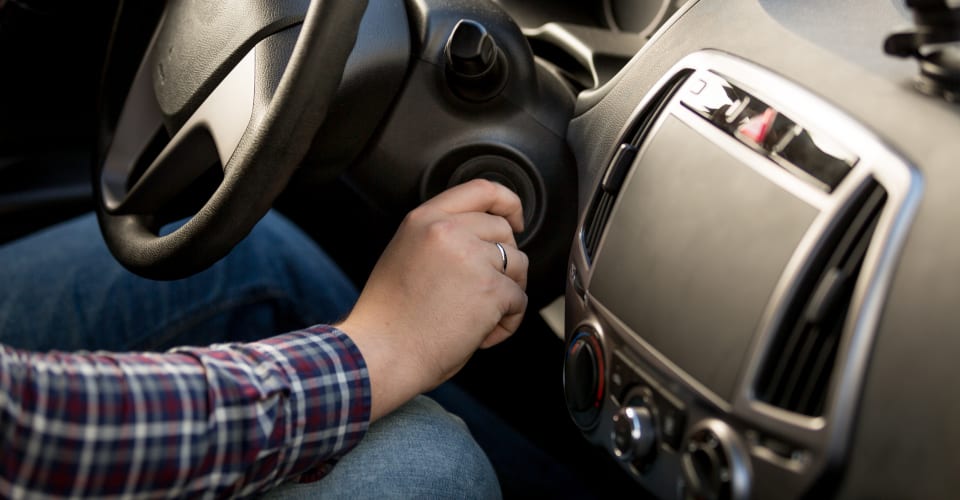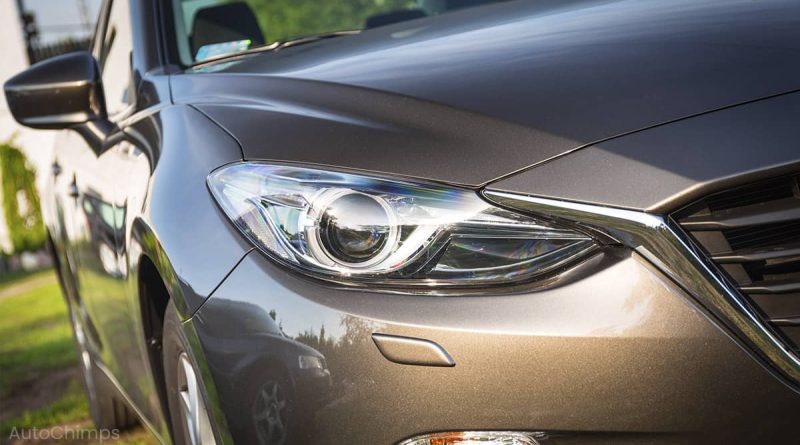Solving the Puzzle: Common Reasons Why Your Car Won’t Start But the Radio and Lights Are Functional
There is nothing more frustrating than getting into your car, turning the key, and hearing nothing but silence. You check the radio and the lights, and they seem to be working just fine. So why won’t your engine start? This is a common dilemma that many car owners face, and it can be incredibly frustrating. Understanding the common causes of starting problems can help you diagnose and fix the issue quickly, getting you back on the road in no time.
Dead Battery
One of the most common reasons why a car won’t start is a dead battery. Signs of a dead battery include a clicking sound when you turn the key, dim headlights, and a slow cranking sound when you try to start the engine. If you suspect that your battery is dead, you can try jump-starting your car using jumper cables and another vehicle with a working battery. Connect the positive (+) cable to the positive terminal of your dead battery, then connect the other end of the positive cable to the positive terminal of the working battery. Next, connect the negative (-) cable to the negative terminal of the working battery, and then connect the other end of the negative cable to an unpainted metal surface on your car’s engine block. Start the vehicle with the working battery and let it run for a few minutes before attempting to start your car. If your car starts, it’s likely that your battery was indeed dead.
To prevent battery failure in the future, make sure to regularly check your battery’s connections for corrosion and clean them if necessary. Additionally, avoid leaving lights or accessories on when your car is not running, as this can drain your battery quickly.
Faulty Starter

Another common cause of a car not starting is a faulty starter. Signs of a faulty starter include a grinding noise when you try to start the engine, a single click when you turn the key, or no sound at all. To diagnose a starter problem, you can try tapping on the starter motor with a hammer while someone else tries to start the car. If the car starts, it’s likely that the starter motor is faulty and needs to be replaced.
Replacing a starter can be a complex task and may require some mechanical knowledge. First, disconnect the negative terminal of your car’s battery to prevent any electrical shocks. Locate the starter motor, which is usually located near the bottom of the engine. Remove any necessary components that may be blocking access to the starter motor. Disconnect the electrical connections to the starter motor, including any wires or cables. Finally, remove the bolts that secure the starter motor to the engine and carefully remove it. Install the new starter motor by reversing these steps and reconnecting all electrical connections.
Bad Alternator
A failing alternator can also prevent your car from starting. Signs of a failing alternator include dim headlights, a dead battery even after jump-starting, and a dashboard warning light indicating an issue with the charging system. To test your alternator, you can use a multimeter to measure the voltage across your battery terminals while the engine is running. A healthy alternator should produce around 13.5 to 14.5 volts.
If your alternator is indeed failing, it will need to be replaced. This is another task that may require some mechanical knowledge and tools. Start by disconnecting the negative terminal of your car’s battery. Locate the alternator, which is usually attached to the engine with bolts or brackets. Remove any necessary components that may be blocking access to the alternator. Disconnect the electrical connections to the alternator, including any wires or cables. Finally, remove the bolts or brackets that secure the alternator to the engine and carefully remove it. Install the new alternator by reversing these steps and reconnecting all electrical connections.
Fuel Delivery Issues
Fuel delivery problems can also prevent your car from starting. Signs of fuel delivery issues include a sputtering engine, difficulty starting the car, and a lack of power while driving. To diagnose fuel pump, filter, and injector issues, you can start by checking the fuel pump relay and fuse. If these are functioning properly, you can use a fuel pressure gauge to test the fuel pressure at the fuel rail. If the pressure is too low, it may indicate a problem with the fuel pump or filter. If the pressure is too high or erratic, it may indicate a problem with the fuel injector.
To repair or replace fuel system components, it is recommended to consult a professional mechanic. They will have the necessary tools and expertise to diagnose and fix any issues with your car’s fuel delivery system.
Ignition System Failure
The ignition system is responsible for starting your car’s engine. It consists of several components, including the ignition switch, ignition coil, spark plugs, and distributor (in older vehicles). Signs of ignition system failure include a no-start condition, engine misfires, and difficulty starting the car.
To diagnose ignition system issues, you can start by checking for spark at the spark plugs. Remove one spark plug wire from a spark plug and insert a spark tester into the end of the wire. Have someone crank the engine while you observe for a spark at the tester. If there is no spark, it may indicate a problem with the ignition coil or distributor. If there is spark, you can move on to checking the ignition switch and other components of the ignition system.
Repairing or replacing ignition system components can be complex and may require specialized tools. It is recommended to consult a professional mechanic for any ignition system issues.
Electrical System Malfunction
Electrical problems can also prevent your car from starting. Common electrical problems include a faulty ignition switch, a blown fuse, or a malfunctioning relay. Signs of electrical system failure include a no-start condition, intermittent starting issues, and electrical accessories not working properly.
To diagnose electrical system issues, you can start by checking the battery connections for corrosion and ensuring they are tight. Next, check the fuses and relays related to the starting system. If any fuses are blown or relays are faulty, they will need to be replaced.
Repairing electrical system issues can be challenging and may require specialized knowledge and tools. It is recommended to consult a professional mechanic for any electrical system problems.
Faulty Sensors

There are several sensors in your car that can affect the starting process. Common sensors that can cause starting problems include the crankshaft position sensor, camshaft position sensor, and engine coolant temperature sensor. Signs of sensor failure include a no-start condition, engine misfires, and difficulty starting the car.
To diagnose sensor issues, you can use a scan tool to read any trouble codes stored in your car’s computer system. These codes will provide information about which sensor may be causing the issue. Once you have identified the faulty sensor, it will need to be replaced.
Replacing sensors can vary in complexity depending on their location and accessibility. It is recommended to consult a professional mechanic for any sensor issues.
Engine Mechanical Problems
There are several engine mechanical problems that can prevent your car from starting. Common engine issues include a broken timing belt, a blown head gasket, or a seized engine. Signs of engine mechanical issues include a no-start condition, unusual noises coming from the engine, and difficulty starting the car.
To diagnose engine mechanical problems, it is recommended to consult a professional mechanic. They will have the necessary tools and expertise to diagnose and fix any issues with your car’s engine.
Conclusion
Regular maintenance is key to preventing starting problems and maintaining your car’s performance. Make sure to follow the manufacturer’s recommended maintenance schedule for oil changes, filter replacements, and other routine maintenance tasks. Additionally, keep an eye on your car’s battery and electrical system by checking the connections regularly and ensuring they are clean and tight. Finally, address any starting problems promptly to prevent further damage to your car’s components.
By understanding the common causes of starting problems and knowing how to diagnose and fix them, you can save yourself time, money, and frustration. Remember to consult a professional mechanic for any complex repairs or if you are unsure about how to proceed. With proper maintenance and prompt attention to starting issues, you can keep your car running smoothly for years to come.
